Background and Setting
La Ventana Mesa is located in north-central New Mexico near the historic village of Cuba (Figure 1). To the east are the Naciamento Mountains and the Jemez volcanic field; approzimately 25 miles distant Ojo Espiritu Santo (Figure 2), a major assembly and staging area for Spanish military excursions against the Navajo in the 18th and 19th centuries. To the southwest are Mt. Taylor and San Mateo Mesa; interspersed in this area are numerous remnant volcanic plugs, includiong Cabezon Peak (Figures 3 and 4) which is sacred to the Navajo. To the west is the San Juan Basin and the famous Anasazi sites of the Chaco culture. Finally, to the north lies the ancestral Navajo heartland of Dinétah (Figure 5); it was in Dinétah during the protohistoric period that Navajo culture developed.
Figure 1. Map of the project area in New Mexico. (Please click the figure to see a larger picture.)
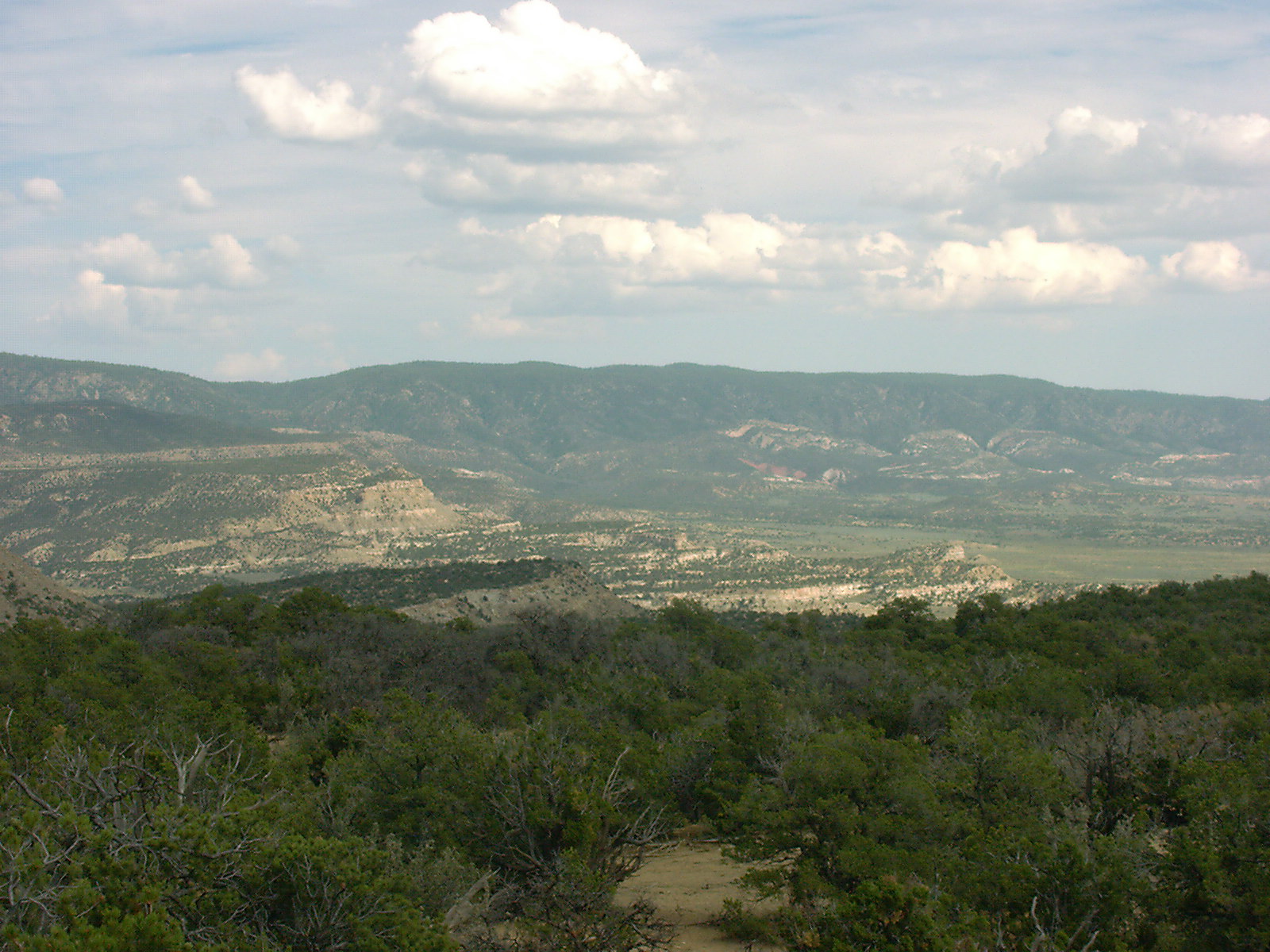
Figure 2. View from La Ventan Mesa southeast toward Ojo Espiritu Santo.
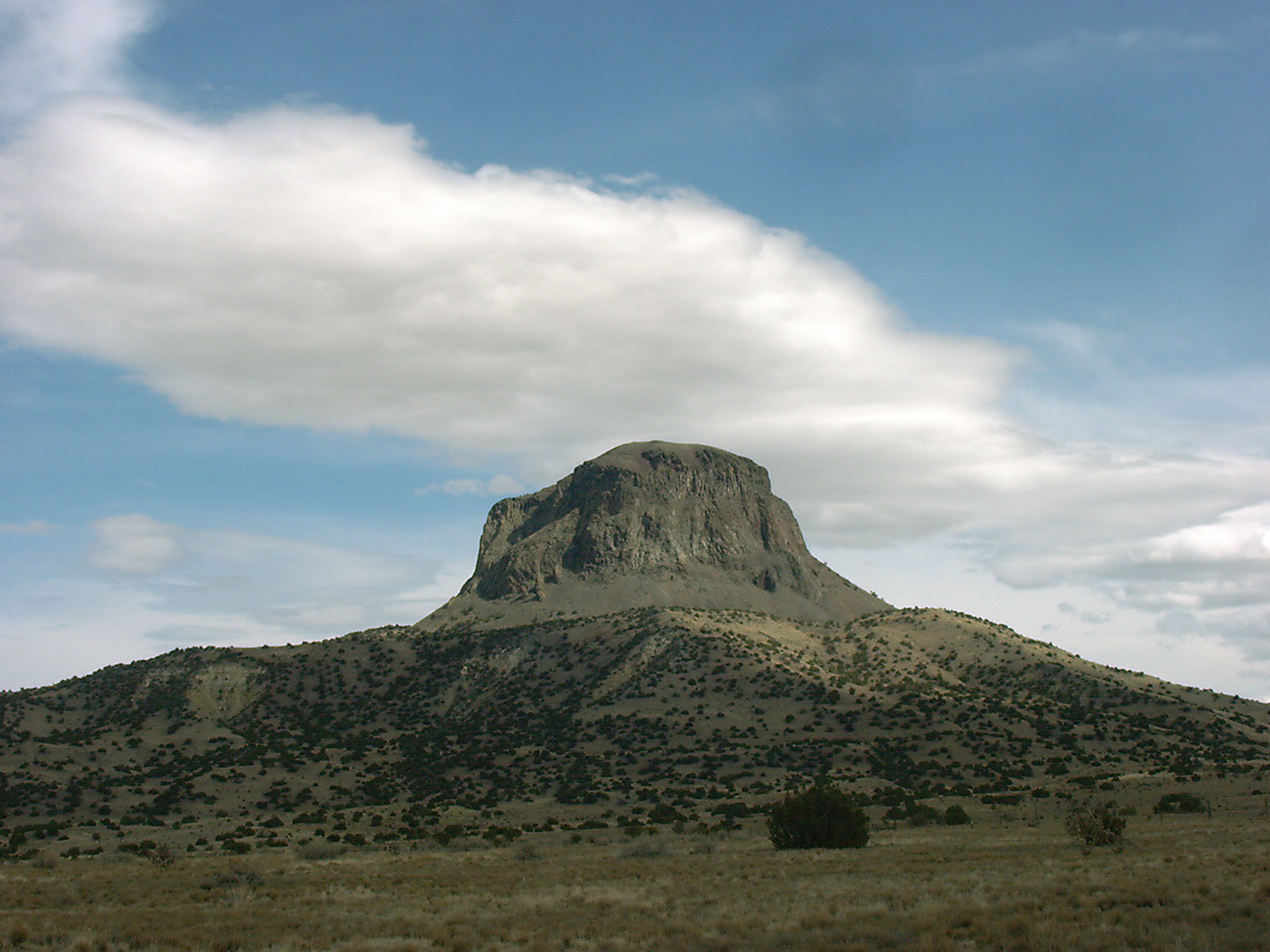
Figure 3. Cabezon Peak, a volucani plug in the Rio Puerco area.
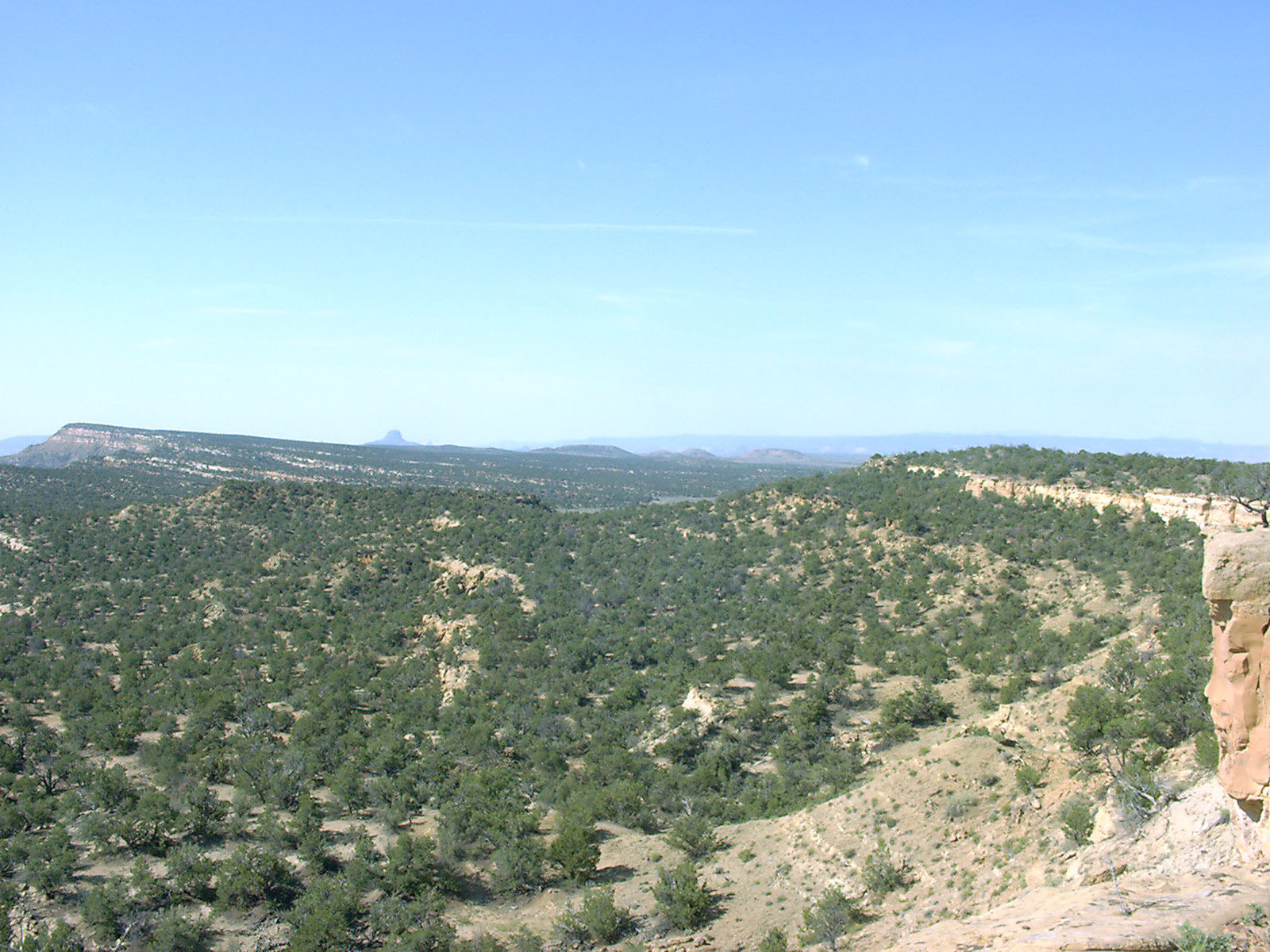
Figure 4. View south along the rim of La Ventana Mesa; note Cabezon Peak in the distance.
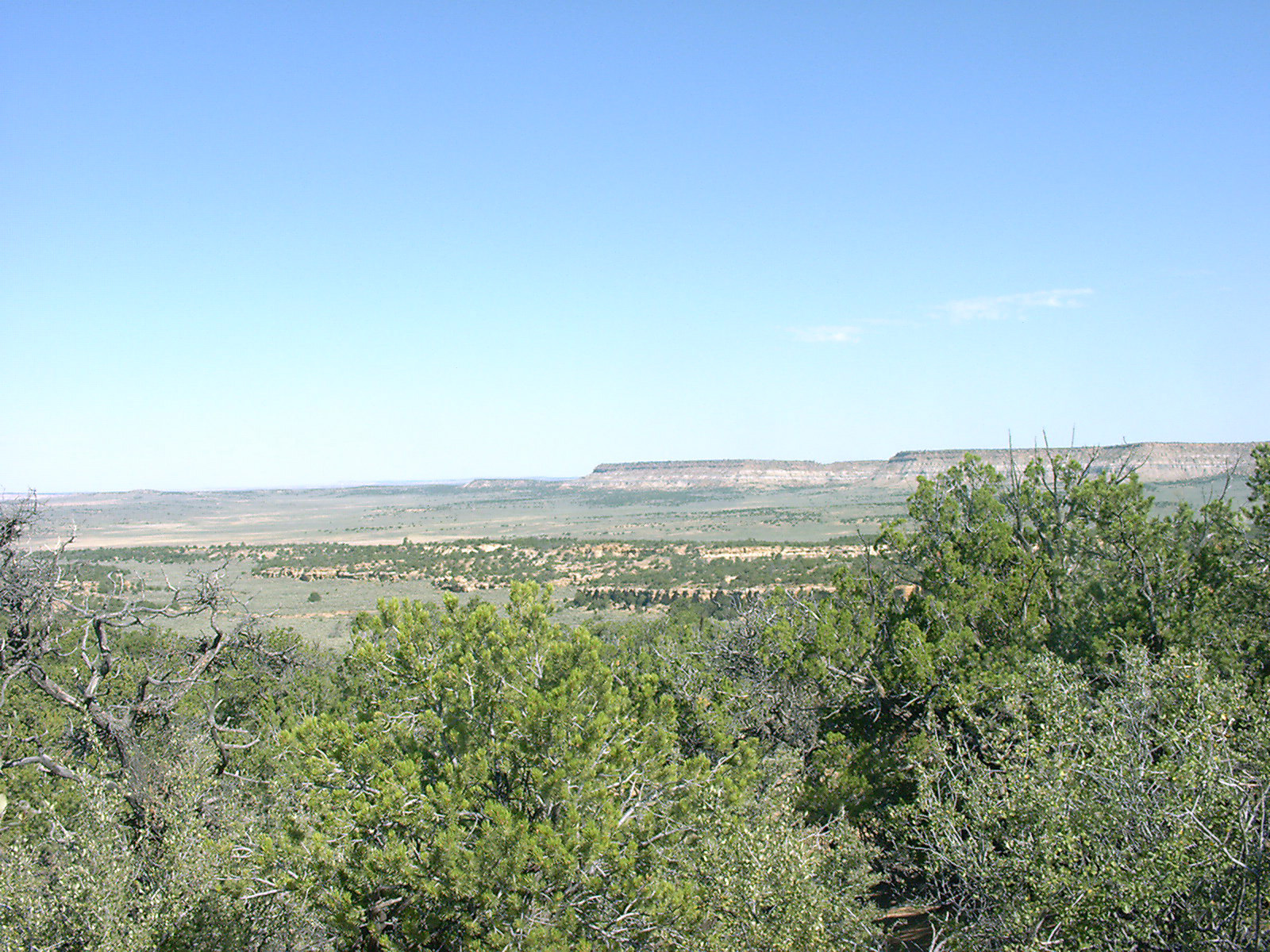
Figure 5. View north from La Ventana mesa toward Dinétah.
La Ventana Mesa itself lies near the headwaters of the Rio Puerco of the East, which joins the Rio Grande farther south. The Rio Puerco has been occupied for thousands of years and contains evidence of Paleoindian, Archaic, early Agricultural, Anasazi, Chacoan, Puebloan, Navajo and Euroamerican cultures. Indeed, much of New Mexico’s history and prehistory is preserved in the area.
The speciefic sites investigated here fall into three categories: Early Navajo sites, early 20 th century Hispanic homesteads, and early 20 th century Angloamerican homesteads (Figure 6). The area has been the subject of two intensive cultural resource surveys, one by the Office of Contract Archaeology in 1993 (Eischman 1993) and another by OCA in 2001 (Elyea et al 2002). These surveys documented more than 50 sites in the area, mostly affilaited with various Anasazi groups.
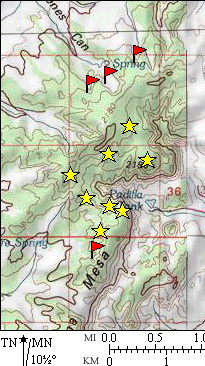
Figure 6. Map of sites investigated during the project. (Location of sites in the La Ventana Project area; Red flags= historic sites, yellow stars= prehistoric sites.)
